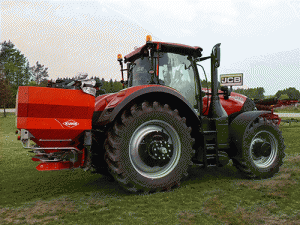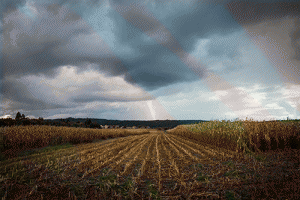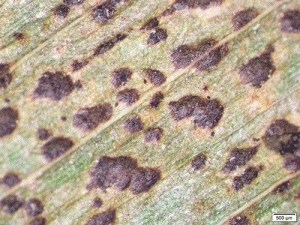Issues that matter
FROM THE CEO'S DESK

IN JANUARY, GRAIN Farmers of Ontario held its Annual District Grain Committee Meetings. These meetings are an integral part of our organization — they are where your local delegates and directors are elected, where information about the work we do is shared, and where important provincial and local issues are raised by you, our farmer-members. This was our eighth round of meetings, and based on attendance and the feedback we received, I would consider them a success.
Given the schedule of 15 meetings over a two-week period, I am only able to be present at about half the district meetings; however, at all the meetings I attended this year there was very good discussion about the issues you are facing.
Cap and Trade was top of mind for farmer-members across the province. The added costs of this program are now being realized, and farmers are rightly concerned about the hit to their bottom line. Grain Farmers of Ontario continues its dialogue with government to raise your concerns and find solutions to mitigate the impact of this new tax.
The review of neonicotinoids by the Pest Management Regulatory Agency (PMRA) has renewed concerns over the regulatory environment farmers are operating under. We are working to ensure farmers will have the tools they need to remain competitive and sustainable. One aspect of this is maintaining our social license to farm. We continue to promote the environmental and economic advantages of the technologies we use on our farms.
Some concerns were more regionalized — as is to be expected given the diverse farmland we have here in the province. The weather was a major influence on crop conditions in 2016. Some farmer-members had average to above average yields while others had dismal yields and some fields that weren’t even worth harvesting. In those situations, thankfully, there is a strong crop insurance program in Ontario.
In the southwest, the major concern was the presence of grain Vomitoxin (DON) in corn. A survey conducted by the field crop staff at the Ontario Ministry of Agriculture, Food and Rural Affairs showed 26% of samples had a DON concentration of 2.0 ppm or greater — levels that haven’t been seen since 2011. The higher the DON level, the more difficult it is to market a corn crop, particularly for livestock feed. Of additional concern for farmers is the lack of consistency for sampling and testing vomitoxins in the marketplace.
This type of feedback, given directly by you, our farmer-members, keeps our organization relevant and ensures we are meeting your needs.
Our next opportunity to connect in-person is at our annual March Classic in London, Ontario on March 21. This full day conference will get you thinking about the bigger picture and your role in leading the future of agriculture. We once again offer a great line-up of speakers to help us with that. You can find out more about this conference in the GFO?Newsletter section of this magazine and online at www.gfo.ca/MarchClassic. I encourage you to attend. •

























